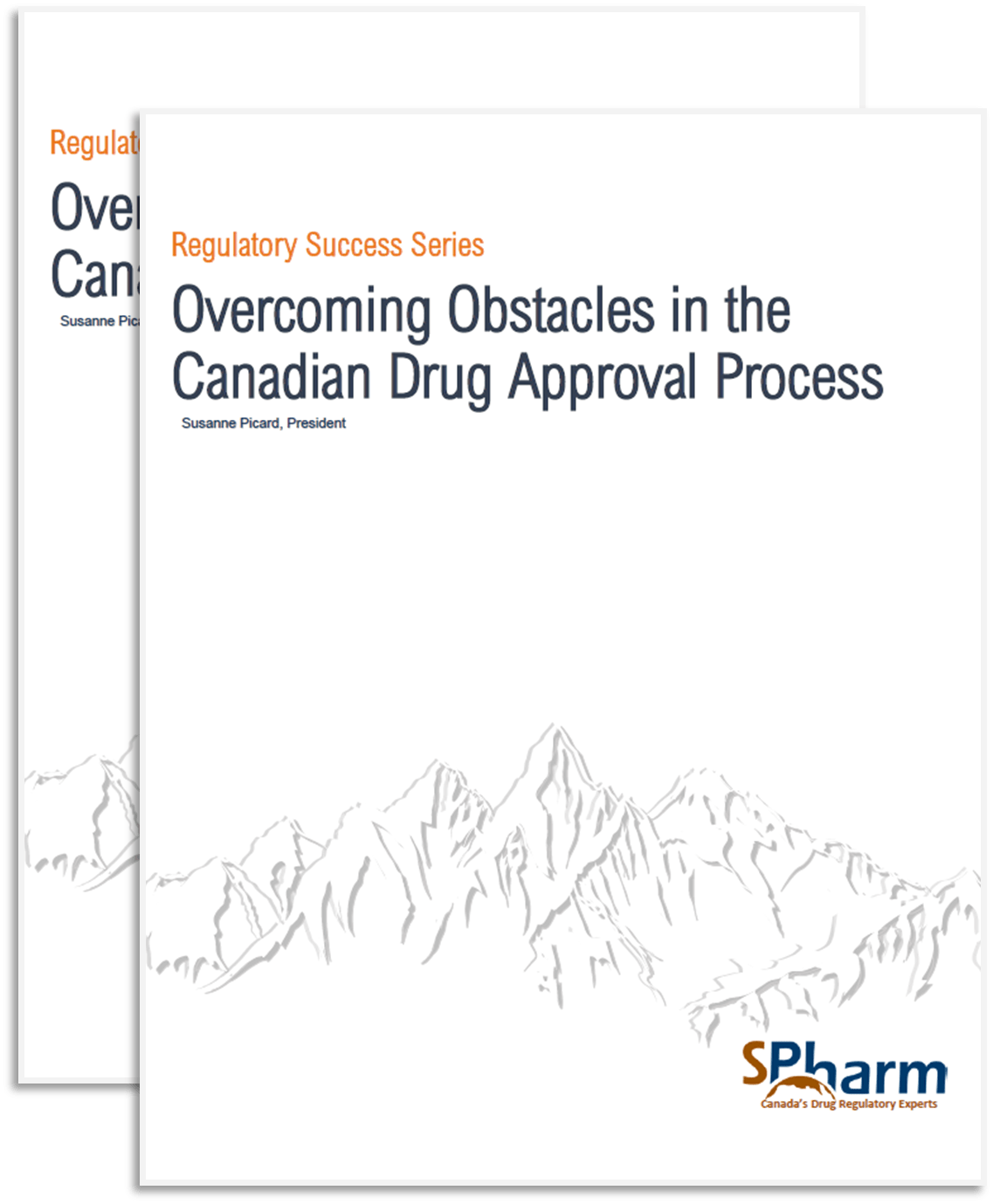Download the eGuide
 Staying abreast of drug regulatory landscapes is understandably a challenge; the environment can be challenging to master because of its complexity and the fact that it is continuously changing. Innovations in both science and data collection/reporting methods keep the landscape fluid; it takes rigor and devotion to stay current. Nonetheless, regulatory obligations are a necessary and permanent element of the regulatory process, and interestingly one that despite its permanence, evolves and changes.
Staying abreast of drug regulatory landscapes is understandably a challenge; the environment can be challenging to master because of its complexity and the fact that it is continuously changing. Innovations in both science and data collection/reporting methods keep the landscape fluid; it takes rigor and devotion to stay current. Nonetheless, regulatory obligations are a necessary and permanent element of the regulatory process, and interestingly one that despite its permanence, evolves and changes.
Therein lies the rationale for why this guide exists, and really, why we do what we do as Drug Regulatory Affairs (RA) experts. You will experience interesting and challenging situations during any RA process, in every dossier and in every country; Canada being no exception.
In this guide, you will learn what we have encountered as the most common obstacles in the Canadian Market Access industry and how to side-step or overcome them. We will look broadly at the seven obstacles that commonly arise during workflow, and then delve more specifically into five 5 key Canadian regulatory areas that deserve a special mention.
We all agree that were there no regulations restrictions in Drug Development (DD), access to market for drugs would be easy; but we are now far from the Thalidomide era and we definitely would not want to live a similar situation again. And so, while at times onerous, we value the role that guidelines, policies and regulations play in ensuring drug safety from studies, to submissions and ultimately to market for safe patient access.
Most health products, including drugs to be marketed or sold in Canada are reviewed and subject to close scrutiny and finally authorized by the Health Products and Food Branch (HPFB) of Health Canada, more precisely, under the Therapeutic Product Directorate (TPD) or the Biologic and Genetic Therapies Directorate (BGTD), for drugs and biologic, respectively. Drugs are authorized to reach that market only once they have successfully gone through the relevant Bureau review process, responsible for assessing their safety, efficacy and quality, and, received a favorable decision. Even after a health product receives a favorable decision and can proceed with its sale in Canada, monitoring of its effectiveness and safety continues. However, the review process and preparing for that review process does not have to be complex, intimidating, nor frustrating. The key is to know, follow and/or clarify the process related to the health product of interest and ensure preparedness with proper data and documentation and to avoid common pitfalls and obstacles.
In this eguide, we dispel myths and misunderstandings to submitting in Canada, we provide insight on how to avoid pitfalls and overcoming obstacles and finally provide general recommendations to ease the path toward regulatory success in Canada and hopefully help turn a seemingly complex or intimidating Drug approval process into a more manageable and predictable one.
Download this eGuide and let’s get started.




 Staying abreast of drug regulatory landscapes is understandably a challenge; the environment can be challenging to master because of its complexity and the fact that it is continuously changing. Innovations in both science and data collection/reporting methods keep the landscape fluid; it takes rigor and devotion to stay current. Nonetheless, regulatory obligations are a necessary and permanent element of the regulatory process, and interestingly one that despite its permanence, evolves and changes.
Staying abreast of drug regulatory landscapes is understandably a challenge; the environment can be challenging to master because of its complexity and the fact that it is continuously changing. Innovations in both science and data collection/reporting methods keep the landscape fluid; it takes rigor and devotion to stay current. Nonetheless, regulatory obligations are a necessary and permanent element of the regulatory process, and interestingly one that despite its permanence, evolves and changes.